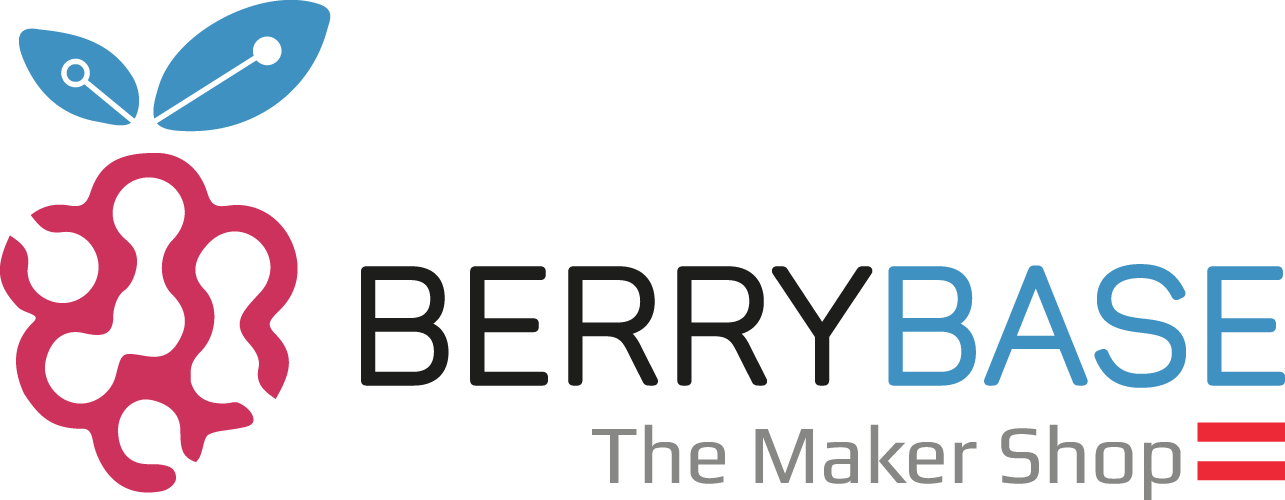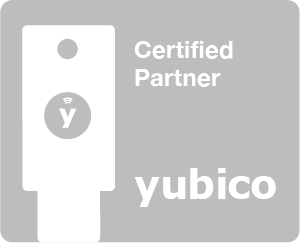E-Paper / E Ink Displays - Clear presentation of content even at high brightness levels
An e-paper display, or electronic paper display (EPD for short), is a display that enables content to be viewed without light reflections thanks to its very good contrast values, even when the ambient brightness is very high, such as in direct sunlight. The goal of the e-paper display is to replicate the properties of paper, making the displays very thin, light and flexible. The ideal application for this specially designed display is an e-book reader, which is usually subjected to a long operating time and thus also adds further value due to the power-saving property of electrophoresis technology.
What is an E Ink Display and how is it different from an E-Paper Display?
The Gyricon technology of the Xerox company founded the development of the first E-Paper Displays in the 1970s and was discontinued at the end of 2005 for cost reasons. The E Ink Paper Display is based on electrophoresis technology and was named after the E Ink Corporation.
An electronic paper display is kept extremely thin by electrophoresis, with a thickness of less than 300 µm, making it very flexible. The typeface and images are clearly visible even in direct sunlight due to the reflective technology.
What is the power saving electrophoresis technology?
Since the beginning of the 90's the technology of Gyricon's e-paper display was changed to electrophoresis. This was done for reasons of advancing the technology and to take a cheaper approach to display. Unlike Gyricon's technology, where statically charged beads could be made visible by an electrically charged field with either black or white, electrophoresis uses small microcapsules in which electrically charged white particles float in colored oil and by its polarity in an electric field, are either caused to float upward to be displayed at the top for the user to see, or move downward and remain hidden from the user. The impulse for displaying the content is triggered by a brief electrical voltage, after which the individual pixels remain switched in one of two states and remain there until the next electrical impulse.
What are the advantages and disadvantages of an E Ink display with electrophoresis technology?
Because the pixels are aligned by an electrical pulse and remain rigid in this state, extremely long battery runtimes are possible, but a moving image display as video or GIF or similar is not possible with this technology. The display is thus ideal for the use of still content, but unsuitable for moving content.
Is there a color E Ink Paper display that can reproduce images in true color?
E Ink Paper Displays were initially only designed to reproduce black or white. However, the technology is constantly evolving, resulting in the ACeP technology. ACeP stands for Advanced Color ePaper and, as the successor generation of black/white displays, can reproduce a color gamut of 4096 colors. But it gets even better, E-Ink has with the announcement of the Gallery Plus technology a full color ePaper module with a representation possibility of 60,000 colors by the full color ink system with the four basic color pigments cyan, magenta, yellow and white. The pixels can thus display the full color gamut with a good contrast ratio, but are still far from competing with LCD or OLED technology, which can usually reproduce a color depth of 16.5 million (8 bit) - 1.07 billion (10 bit) colors per channel. The reproduction of moving images continues to be a major challenge for E Ink Paper displays due to the tenacious change of pixels (pixel response times).
Can I use an E-Ink display with a Raspberry Pi or Arduino?
There are various modules from several manufacturers for E-Paper / E-Ink displays. Very popular are the modules from the company Waveshare, Adafruit and seeed Grove, which are priced between about 10 € and 200 € depending on the possibility of color reproduction and size. Depending on the manufacturer and intended use, e-paper displays are often used with a Raspberry Pi Pico or an Arduino microcontroller. Displays with an SPI interface, for example, are compatible with Raspberry Pi 2B/3B/Zero/Zero W, as well as an Arduino, Nucleo STM32 and more. For makers with less experience, most display manufacturers indicate compatibility in the description texts.
What should be considered when buying an E-Paper module?
First and foremost, the project's framework should be clear. If a project is to display moving images, high resolution with high contrast content, an e-paper module should be avoided. But if you want to run a maximum power saving display for more or less rigid content over long periods of time, then the size and purpose of the display should be clarified first. Should the display only show black and white content, or do I need a display that can reproduce colors? If these questions are clarified, you have already narrowed down the selection of displays and manufacturers and can check the possibility of connection through its interface for your project.

















